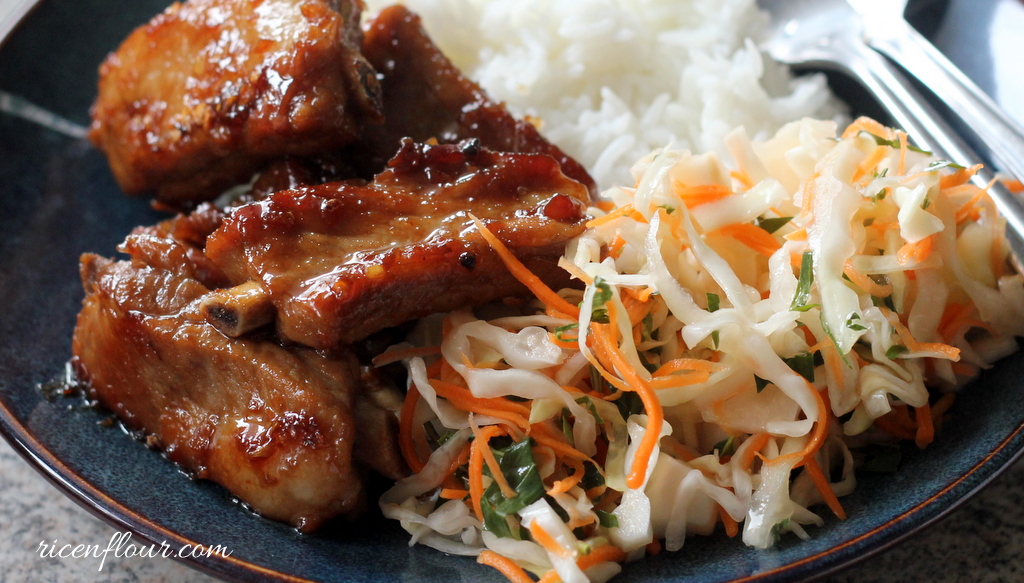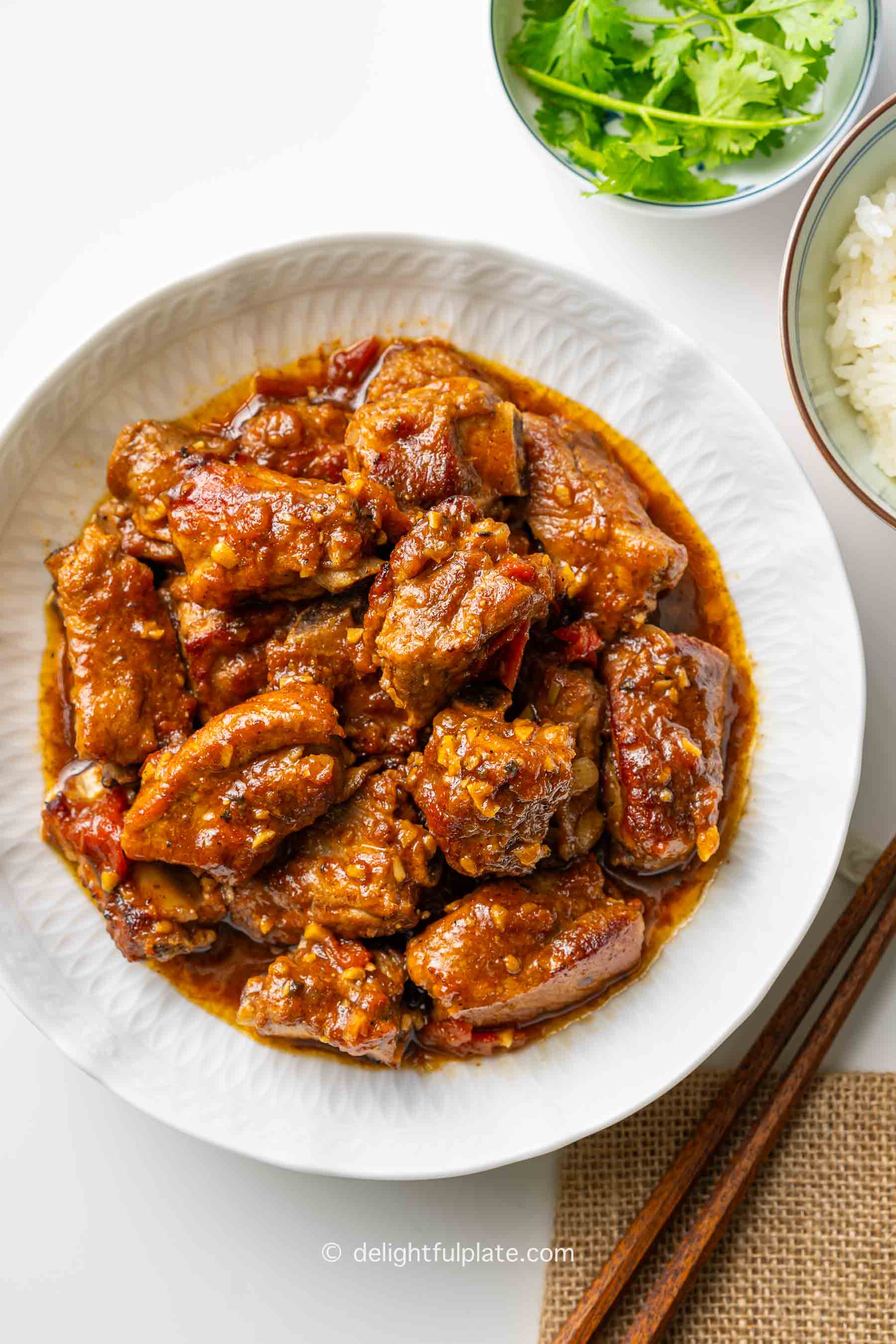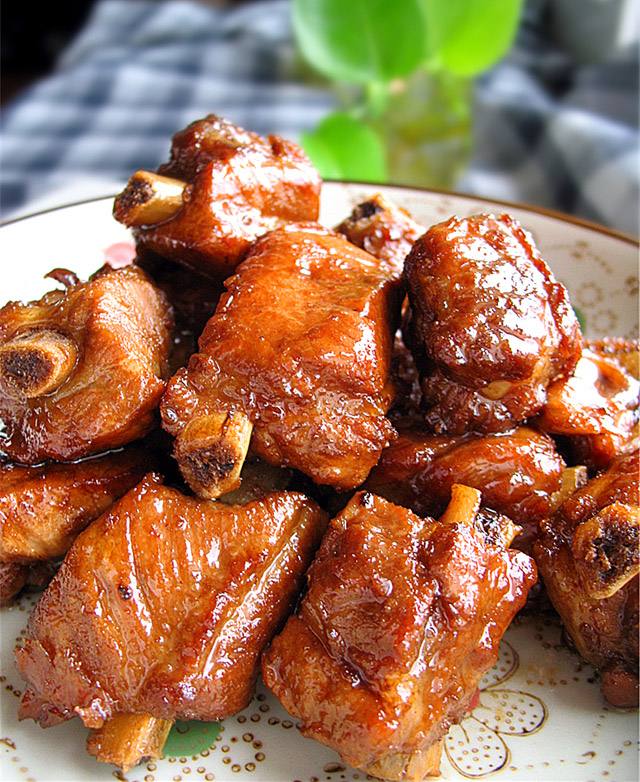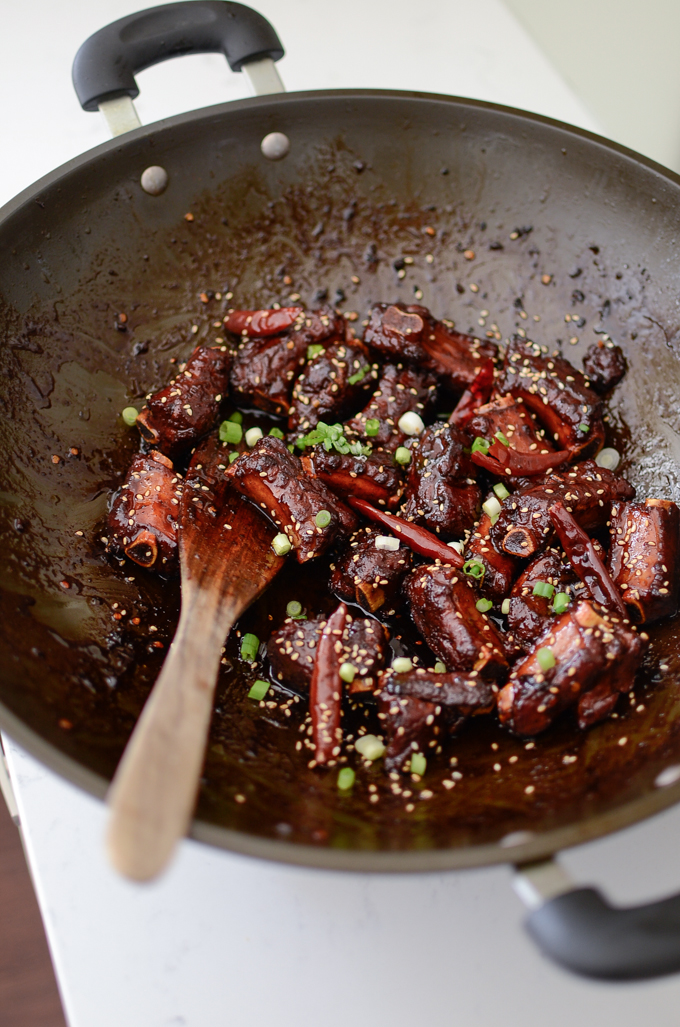Sweet and sour spare ribs
sweet and sour pork ribs, 糖醋排骨, tangcu paigu, tang cu pai gu
Sweet and sour is a generic term that encompasses many styles of sauce, cuisine, and cooking methods. It is commonly used in East Asia and Southeast Asia and has been used in England since the Middle Ages. Sweet and sour sauce remains popular in Asian and Western cuisines. Sweet and sour dishes, sauces, and cooking methods have a long history in China. One of the earliest recordings of sweet and sour may come from Shaowei Yanshi Dan , a menu of the food served in Tang dynasty (618–907) "Shaowei banquet" festivals written in 708. It included many sweet and sour adjacent dishes and recorded that they were invented by Chancellor Wei Juyuan under Emperor Zhongzong of Tang when he hosted the Emperor at his house. Some authors say that the original sweet and sour sauce (traditional Chinese: 糖醋醬; simplified Chinese: 糖醋酱; pinyin: tángcùjiàng) came from the Chinese province of Henan, but the sauce in this area is a light vinegar and sugar mixture not resembling what most people, including the Chinese, would call sweet and sour. Many places in China use a sweet and sour sauce as a dipping sauce for fish and meat rather than in cooking, as is common in Westernized Chinese cuisine. This style of using sauces is popular amongst Chinese who tie certain sauces to particular meats such as chili and soy for shrimp and vinegar and garlic for goose. There are, however, some dishes, such as the Cantonese sweet and sour pork or loong har kow (sweet and sour lobster balls), in which the meat is cooked and a sauce added to the wok before serving.
Source: Wikipedia
Recipes
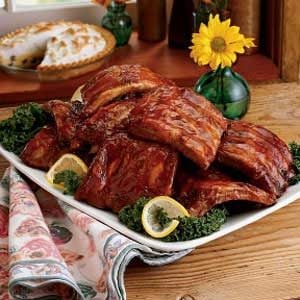
Sweet and Sour Spareribs Recipe: How to Make It
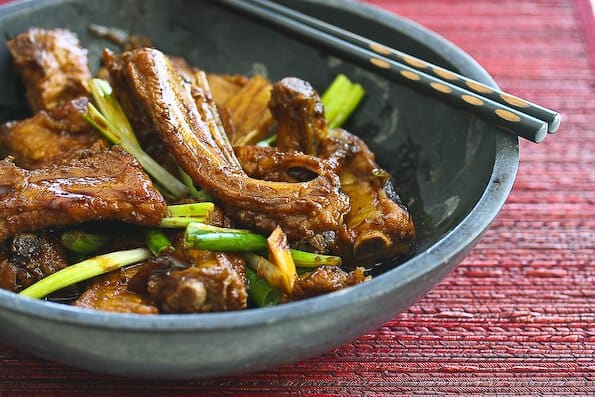
Chinese Sweet & Sour Spare Ribs Recipe • Steamy Kitchen Recipes Giveaways

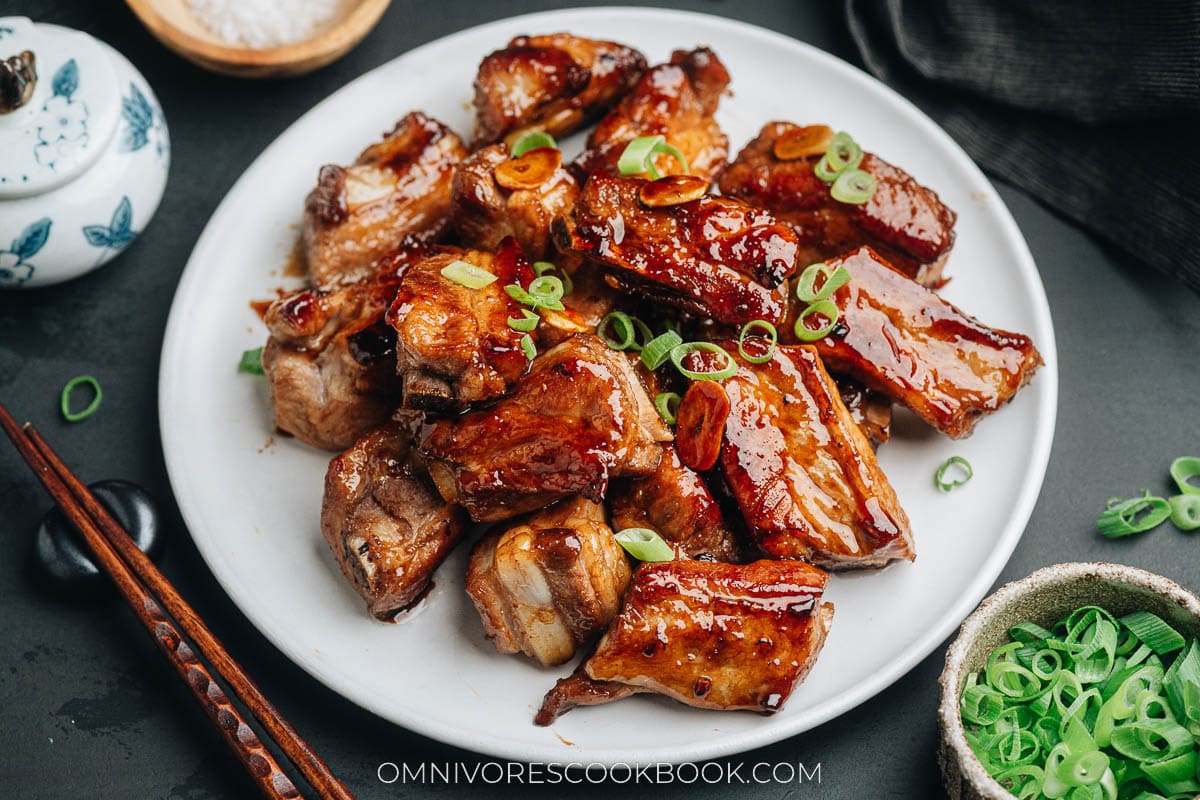
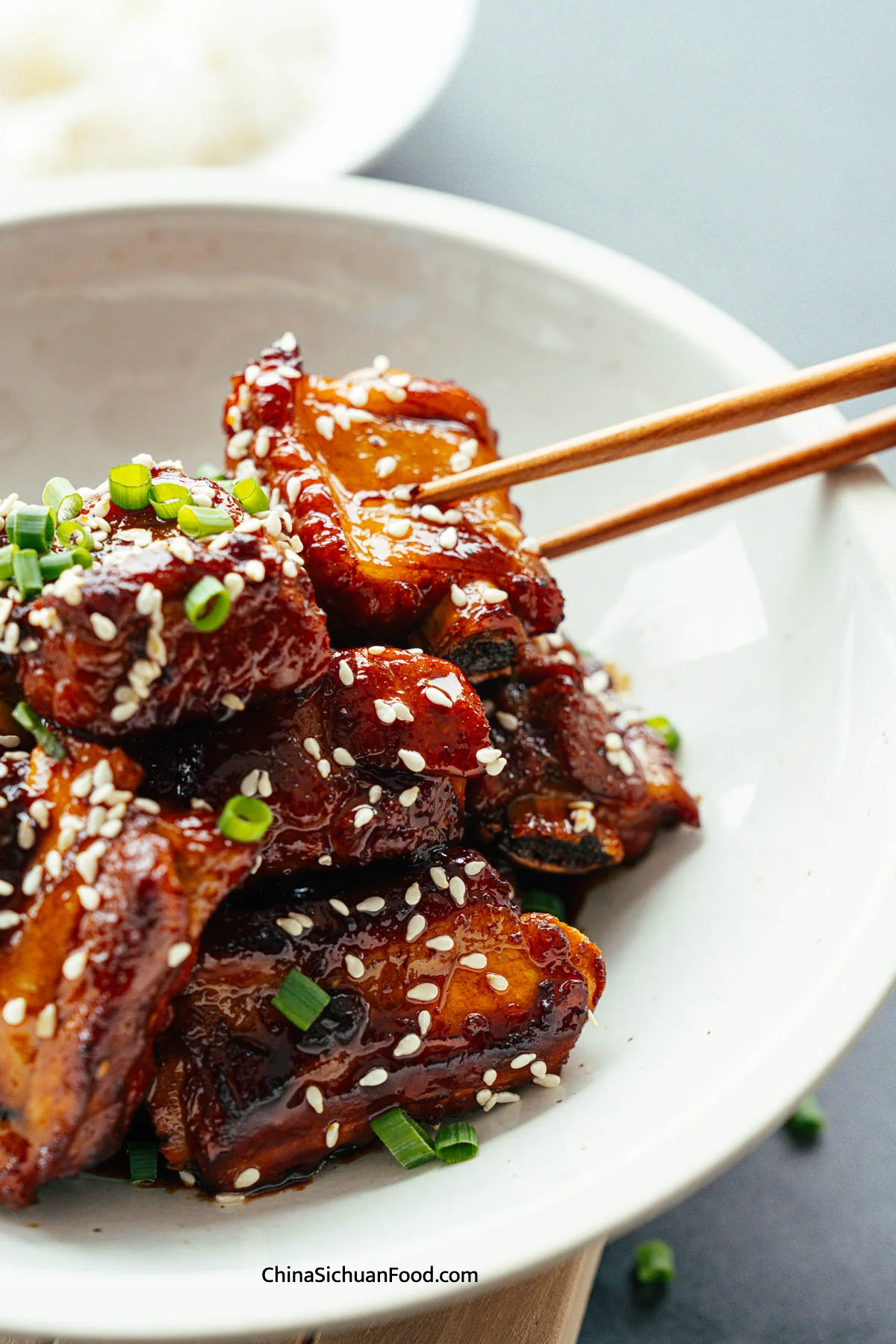
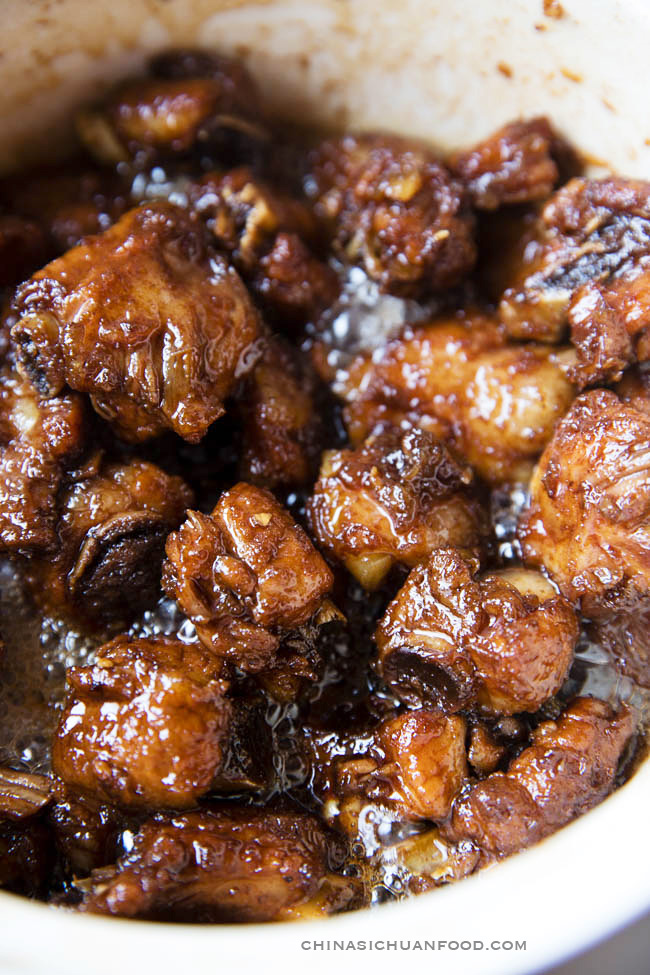
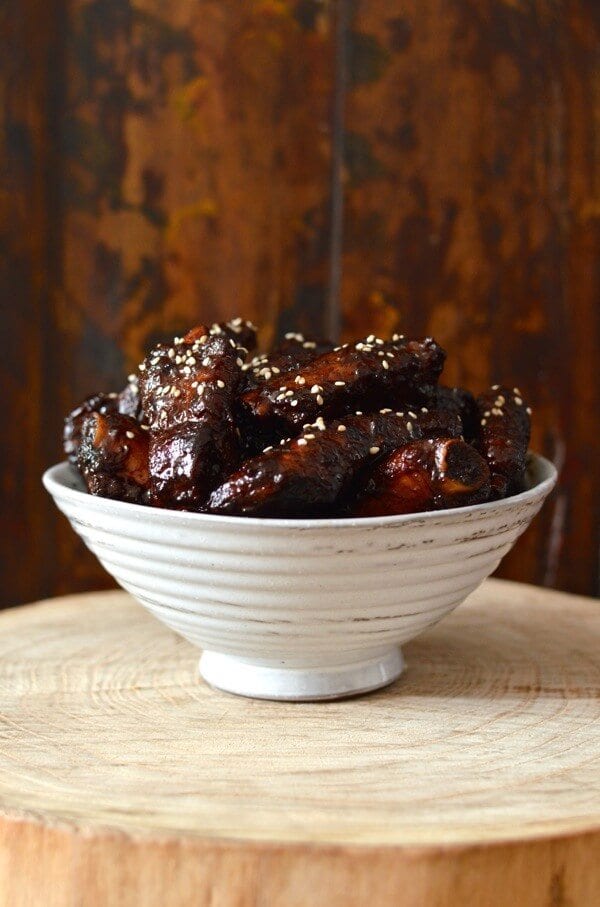
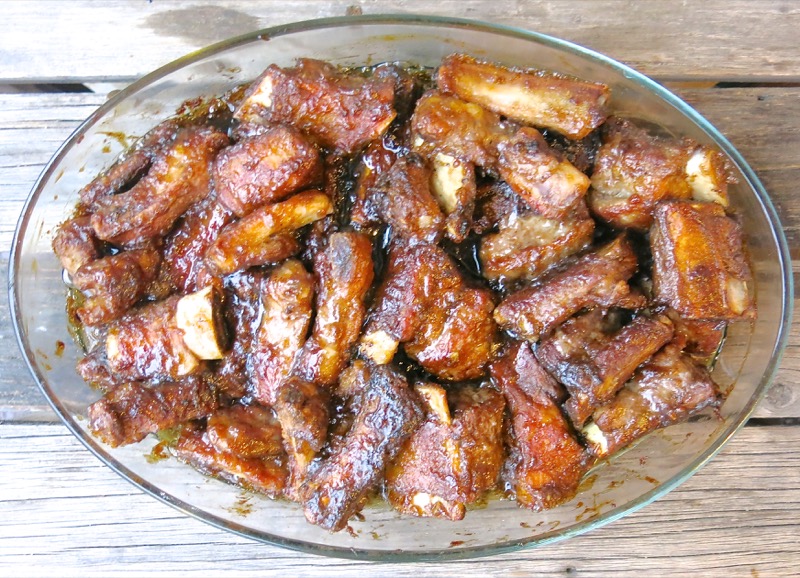
:max_bytes(150000):strip_icc()/152831808-58ade1625f9b58a3c9d4cce2.jpg)
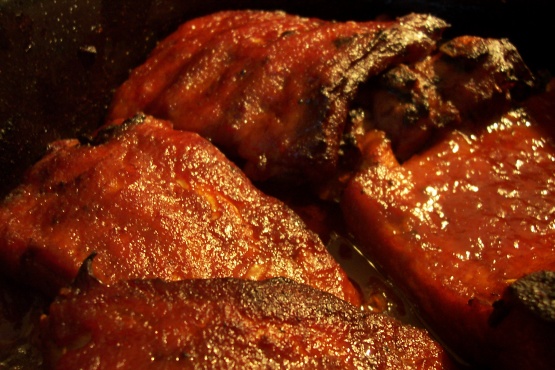
:max_bytes(150000):strip_icc()/baby-back-ribs-88301063-594418f55f9b58d58a11b414.jpg)
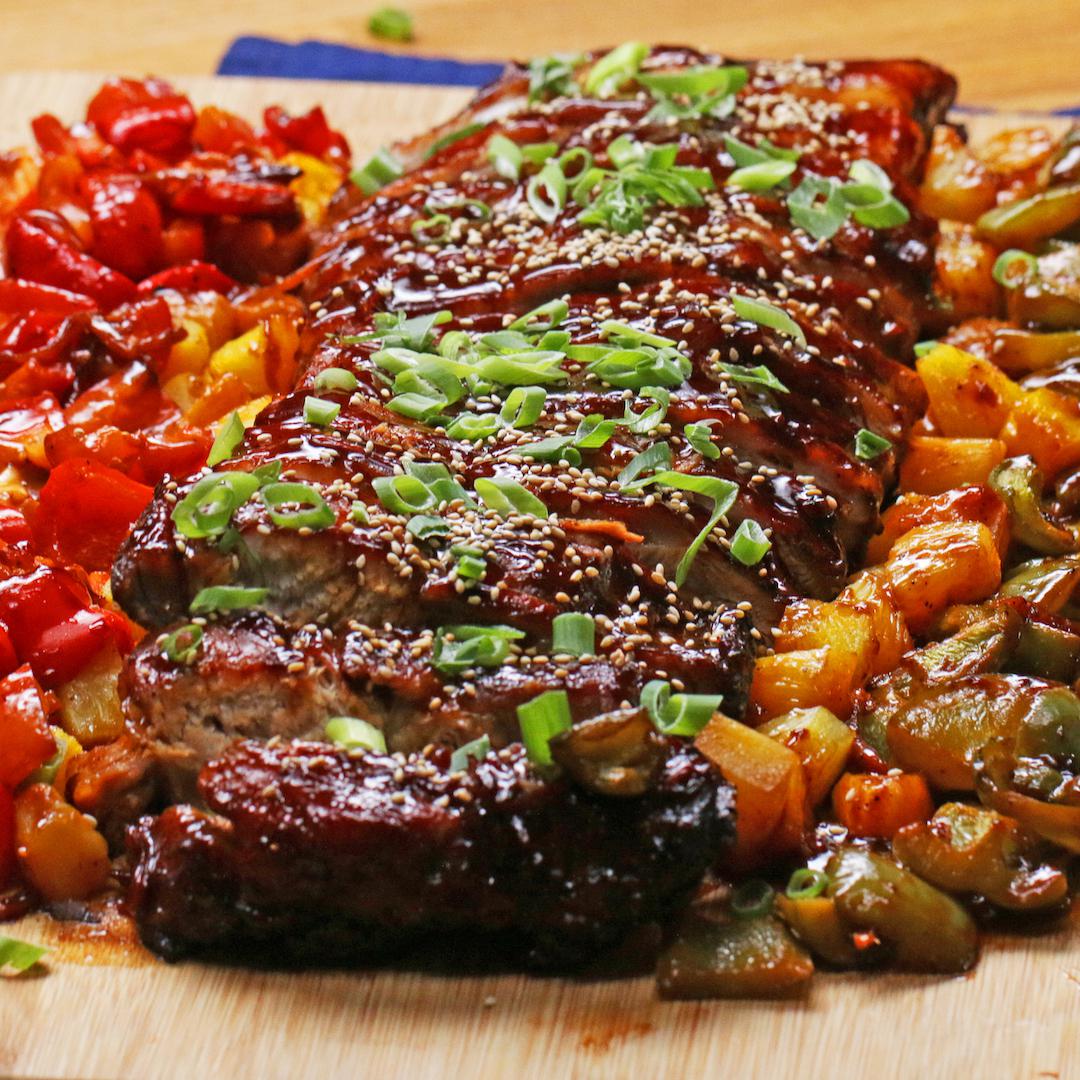
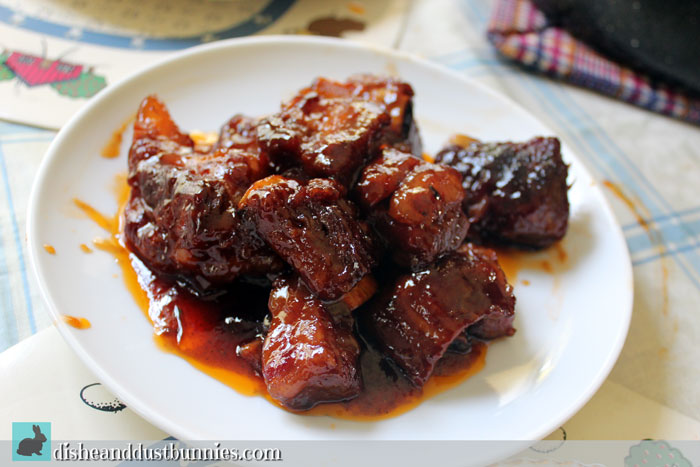
:max_bytes(150000):strip_icc()/Serious_Eats_Social_Default-72cf0bc11b434461b62c6ffc85b4298f.jpg)
-min.jpg)
